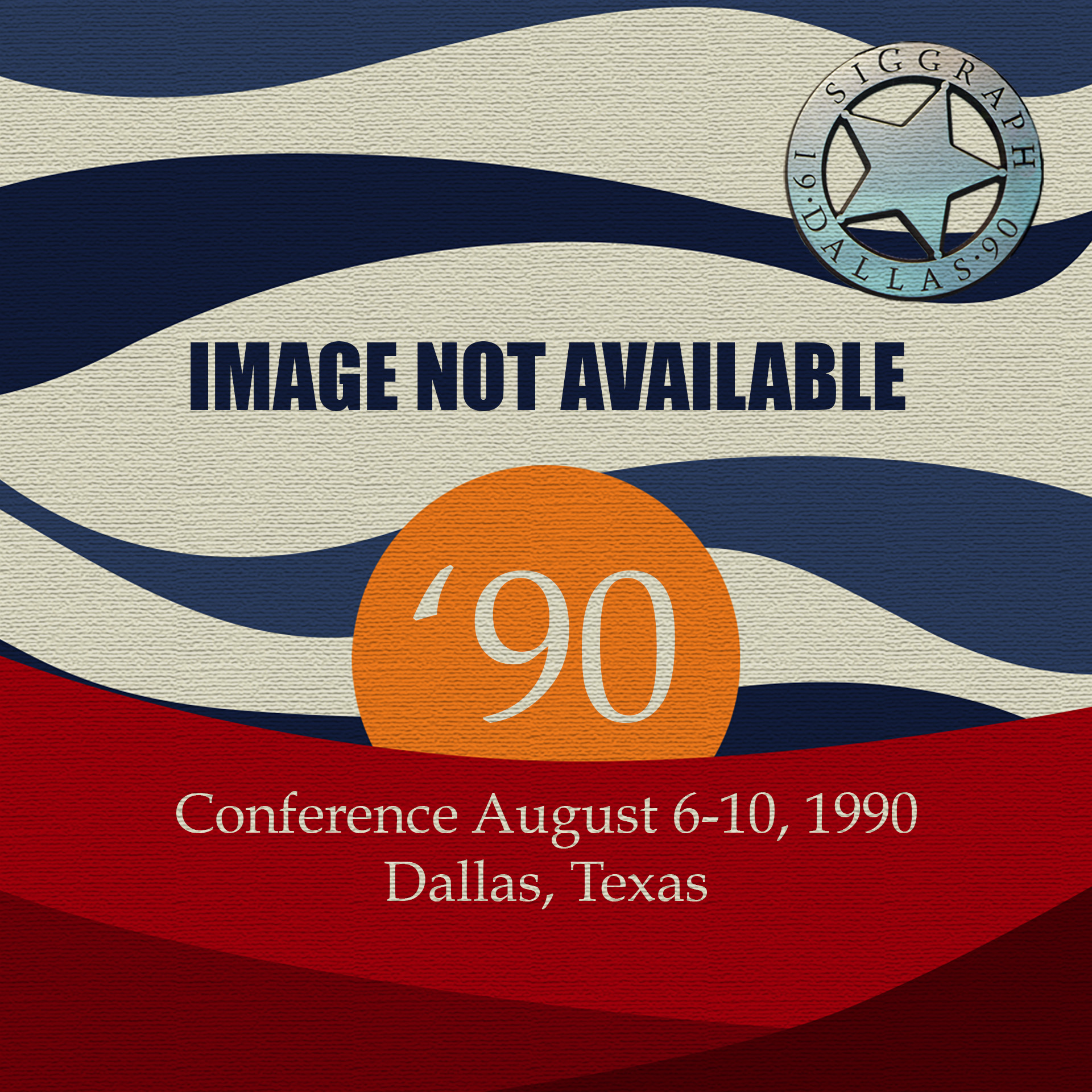“Digital Image-Digital Cinema: The Work of Art in the Age of Post-Mechanical Reproduction” by Malina
Conference:
Type(s):
Title:
- Digital Image-Digital Cinema: The Work of Art in the Age of Post-Mechanical Reproduction
Presenter(s)/Author(s):
Abstract:
Computers are transforming existing art forms and allowing new kinds of art forms to be developed. Because the computer is primarily a machine for processing information, not a machine for making objects, it provides a malleable medium that provides the artist with a large variety of tools for manipulating sense data. The work that contains the result of the artist’s creativity is the software and the data, not any particular image or output produced using that software. The ultimate goal of artmaking using computers, in this light, is not to create art objects but to create dynamic art subjects, to produce families of aesthetically interesting outputs, or art performances, which are as different from each other as possible within the constraints of the software. This situates computer art within a larger context of the study and development of artificial life. To create significant artworks of this type, it will be necessary to improve the computer’s capacity to be an autonomous artmaking subject; this will require the extension of the computer’s senses, the expansion of its capabilities, and means for the computer to provide sensory inputs to the human nervous system and to other computers.
References:
Herbert W. Franke, Computer Graphics-Computer Art (London: Phaidon, 1971) p. 122. Franke pointed out that intellectual property rights for computer art will need to be protected by copyrights similar to those used for music and literature.
Roger F. Malina, “Computer Art in the Context of the Journal Leonardo,” Leonardo Supplemental Issue Computer Art in Context (1989) p. 67.
John Pearson, “The Computer: Liberator or Jailer of the Creative Spirit,” Leonardo Supplemental Issue Electronic Art (1988) p. 73.
See John Andrew Berton Jr., “Film Theory for the Digital World: Connecting the Masters to the New Digital Cinema,” in this issue.
Manfred Eisenbeis, ed., “Synthesis: The Visual Arts in the Electronic Age,” Proceedings of UNESCO Workshop (1989) p. 146.
Berton [4].
Pierre Descargues, Perspective: History, Evolution, Techniques (New York: Van Nostrand Reinhold, 1982) p. 10.
Sally Prior, presentation to the panel The Work of Art in the Age of Post-Mechanical Reproduction, Adelaide, Australia, March 1990.
Roy Ascott, “Art and Education in the Telematic Culture,” Leonardo Supplemental Issue Electronic Art (1989) p. 7.
Marc Adrian in 1969, as cited in Franke [1] p. 119.
Michel Foucault, The Archeology of Knowledge, A. M. Sheridan Smith, trans. (New York: Pantheon Books, 1969) p. 144.
An Interview with Marshall McLuhan, The Structurist, Special Issue on Art and Technology, No. 6 (1969) p. 61.
David Rosenboom, Extended Musical Interface with the Human Nervous System, Leonardo Monograph No. 1 (1990).
Frank J. Malina, ed., Visual Art, Mathematics, and Computers (Oxford: Pergamon Press, 1979).
Quoted by George Rickey in Structure, 3rd Series, No. 2 (1961).
Christopher G. Langton, ed., Artificial Life, Santa Fe Institute Studies in the Sciences of Complexity, Vol 6 (Reading, MA: Addison-Wesley, 1989).
Langton [16] p. 1.
Foucault [11] p. 195.
Paul Brown, “Beyond Art,” paper presented to the panel The Work of Art in the Age of Post-Mechanical Reproduction, Adelaide, Australia, March 1990.
Eisenbeis [5] p. 13.
Louis Daguerre (c. 1939) as quoted in Helmut and Alison Gernsheim, L. J. M. Daguerre, The History of the Diorama and The Dageurrotype (New York: Dover, 1968) p. 81.
Franke [1] p. 119.
Roman Verostko, “Epigenetic Painting: Software as Genotype,” Leonardo 23, No. 1 (190) p. 17.
Brown [19] p. 6.
Frank Dietrich, “The Computer: A Tool for Though Experiments,” Leonardo 20, No. 4 (1987) p. 325.
Brown [19] p. 1.





